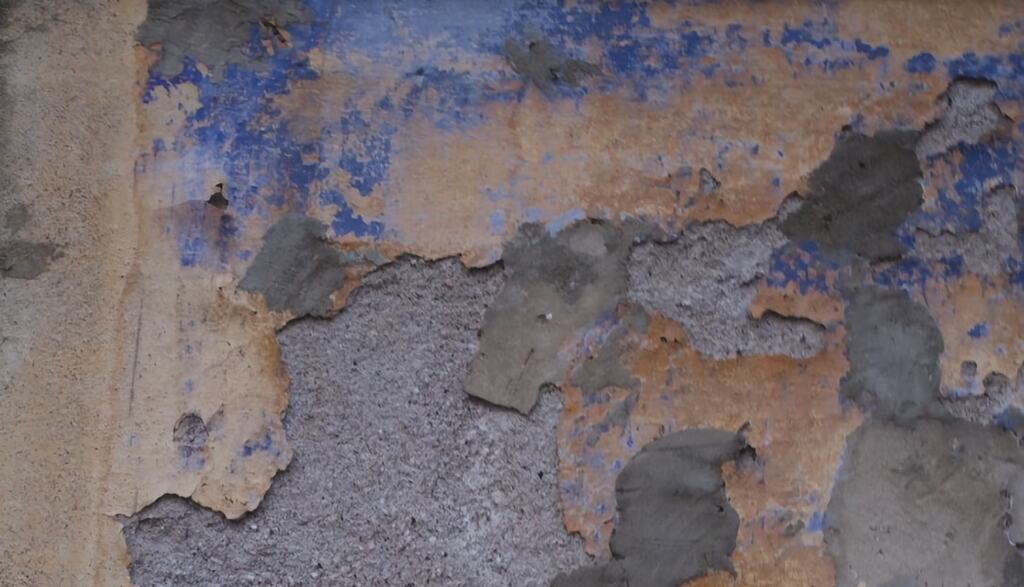Blog concept: Sketchy optimisations

Recently a colleague was showing me a concept he was working on. He drafted a change in a fight against so-called 1+n-queries (actually for some reason unknown to me they're called n+1 queries, but my head isn't able to process the problem with just one more query after n queries…); in software development using ORMs like active record it is quite easy to make a single database request objects that when a presented within a view trigger other queries for every object because it has a relationship. Round trips to databases are generally bad as they take time.
For his change, he introduced a new class that we could seemingly reuse, with a just another (a bad code-smell) declaration of relations between objects and whether these should be preloaded when retrieving the primary object. This was in response to indeed a quite bad part of our code that entailed returning objects with counts of selected associations, but instead of counting these in the database, the current code was a…